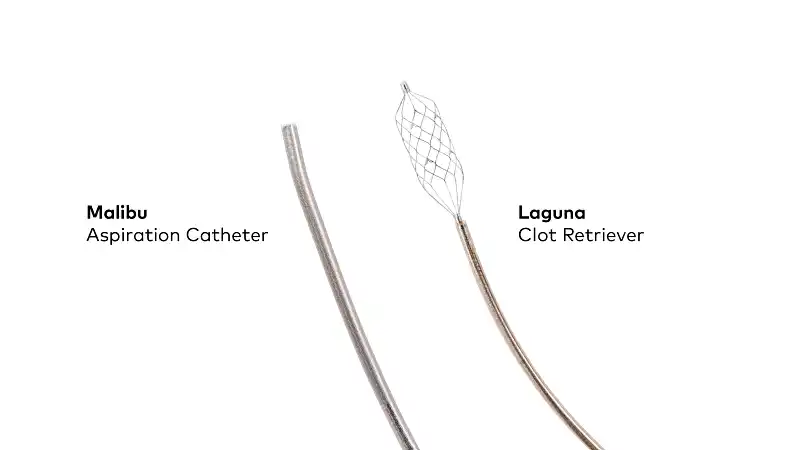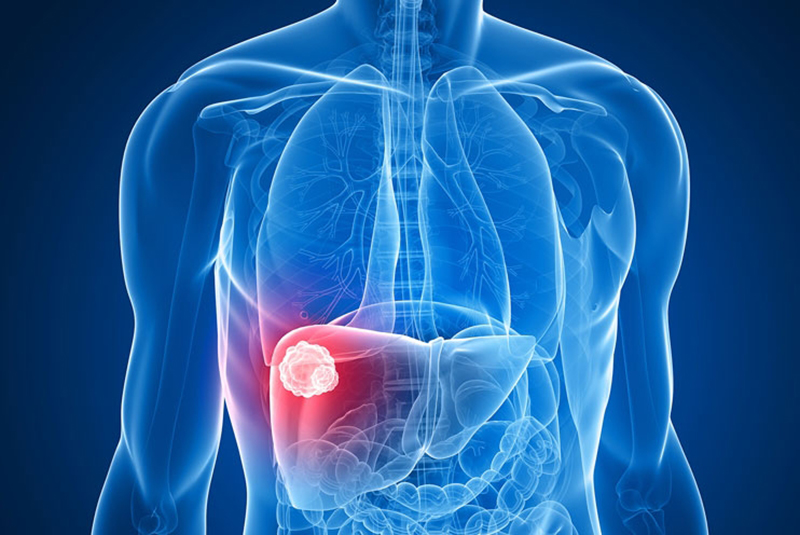- Respiratory infections
- Chronic diseases
- Impaired immune systems
- Diabetics
- Smokers
Long-term tracheostomy use is associated with an array of delayed complications, which can be challenging for patient and caregiver alike. For example, tracheal erosion can occur when the tube continuously rubs against the windpipe causing damage and thinning — also known as tracheomalacia.2 Other impacts of long-term tracheostomy complications may include3,4,5:
- Tracheoesophageal fistula in which the trachea forms a small connection to the esophagus
- Progression of granulation tissues requiring deccanulation, which may not always be a viable option for some patient
- Airway collapse above the tracheostomy site, which may also require repair or removal of the trach tube
- Aspiration pneumonia when a large amount of materials enter the lungs from the mouth or stomach
- Swallowing difficulties such as dysphagia
- Bacterial Infections
- Breathing problems associated with tracheal stenosis
Patients with permanent tracheostomy placement may also find difficulties with tube placement and long-term comfort. Obstruction — another common, albeit painful, impact of long-term tracheostomy tube may impact a patient’s health and safety as well. Often caused by a build up of mucous secretion, obstruction can lead to patient irritation potentially requiring analgesic prescriptions that may also add perpetual side effects.
This blog post shares one patient’s experience overcoming complications living with a permanent tracheostomy tube.
*The information regarding quality of life improvements through the use of the Shiley Flex™ product reflects one patient’s experience, which may differ from patient to patient.
Patient, caregiver battle with long-term health complications
For Frank Russo and his wife, Ro, the initial shock of a permanent tracheostomy tube diagnosis was devastating. “I was very scared,” said Ro. Frank suffered from bouts of pneumonia and conditions including sepsis, Parkinson’s, and other challenges making his permanent tracheostomy tube diagnosis at an increased potential for complications. Ro and Frank have been together for nearly 60 years. A neighborhood childhood crush started the two journeying through life — and through Frank’s various health issues. They’ll celebrate a 50th wedding anniversary next year.
“We went through a lot — our ups and downs, we cried a lot, we laughed a lot. And now it seems we’re at an age that we’re okay just sitting and being comfortable,” Ro explained, then jokingly added, “because we’re old.” Ro describes the good times and the bad, which include the determination of Frank’s tracheostomy permanence.
“The children and I were devastated,” Ro said of the initial news of Frank’s diagnosis. “We didn’t know if he was going to speak anymore.” Their three children and four grandchildren are all working families. So Ro worried her caregiving wouldn’t be enough to accommodate Frank’s needs as they faced his new, lifelong disability.
Natives of New York, the misfortune of Frank’s current health dilemmas began after the terror attack on September 11, 2001. Frank’s amazing heroism during that time helped many. But six years later he was told the black soot or ‘black baby powder’ ― as he describes — he inhaled caused severe lung deterioration. Now he’s required to use a tracheostomy tube as a permanent breathing device.
Overcoming adversity and finding relief in new tracheostomy technology
At age 57, Frank would be outfitted with a tracheostomy that also required mechanical ventilation overnight — increasing his risks of complications and long-term discomfort. But Frank, diagnosed with interstitial lung disease, remained strong — with his wit, warmth, and charm being unaffected. “He’s a fighter,” Ro said.
He began to function with the tracheostomy tube in place after weeks in a rehabilitation center. While Frank learned how to speak and swallow all over again, difficulties still arose with his tube discomfort. The stiff and somewhat harder materials of his tracheostomy tube rubbed against the incision site causing irritation and increased risk for infection.
The new tracheostomy offered Frank instant relief. “It’s so comfortable,” Frank said. The product is made with a softer, non-DEHP material† that helped Frank overcome the abrasion against the previous surgical incision.
Frank has been able to return to some of the activities that he enjoys — living the life he and Ro built together. “Frank loves fishing,” Ro said, as much as he does spending time with family.
One of the main features of supporting Frank’s return to normalcy and improving his quality of life with fewer tracheal complications and infections is the disposable inner cannulas. The slightly smaller profile of the flange helps Frank with tracheostomy tube cleanings, which helps him stay more active.
Shiley™ flexible tracheostomy tubes support patient care
Our Shiley™ flexible tracheostomy tubes were designed with patients like Frank in mind — to further support one’s safety as much as their comfort. Previous models of the Shiley™ tracheostomy tubes and other tracheostomy tubes have been made with harder and potentially more abrasive materials. We considered the feedback from patients and providers alike to redesign the tubes also using advances in technology to further offer safety, support, and comfort.
Other features integrated into the new Shiley™ flexible tracheostomy tubes include TaperGuard™ cuff technology, which may improve ventilatory leak management,6 and the transparent, flexible flange.
Frank said, “the trach slid in like butter — I can hardly even tell I have a trach in.”
A very special thank you to Frank and Ro Russo for their sacrifice on 9-11 and for sharing their experience with the Shiley™ flexible tracheostomy tube.
† Previous Shiley™ tracheostomy tubes refers to Shiley DCT, DCFS, DCFN, DFEN, LPC, CFS, CFN, FEN and Perc tracheostomy tubes.
1. Cheung NH, Napolitano LM. Tracheostomy: Epidemiology, Indications, Timing, Technique, and Outcomes. Respir Care 2014, 59 (6) 895–919; DOI: https://doi.org/10.4187/respcare.02971.
2. Cipriano A, Mao ML, Hon HH, et al. (2015). An overview of complications associated with open and percutaneous tracheostomy procedures. International journal of critical illness and injury science, 5(3), 179–188. https://doi.org/10.4103/2229–5151.164994
3. Complications and Risks of Tracheostomy. John Hopkins School of Medicine. https://www.hopkinsmedicine.org/tracheostomy/about/complications.html#:~:text=Air%20trapped%20underneath%20the%20skin,pressure%20of%20the%20airway%20walls. 2020
4. Vianello A, Arcaro G, Palmieri A, et al. Survival and quality of life after tracheostomy for acute respiratory failure in patients with amyotrophic lateral sclerosis. J Crit Care. 2011;26(3):. doi:10.1016/j.jcrc.2010.06.003
5. Epstein SK. Late complications of tracheostomy. Respir Care. 2005;50(4):542–549.
6. Covidien Test Procedure, Cuff Insertion Removal Force. Reference number 10091427. Shiley™ Adult Tracheostomy Tube with TaperGuard™ Cuff 510(k) Product Performance Summary Report. Reference number 10114080.





Write a comment
Your email address will not be published. All fields are required